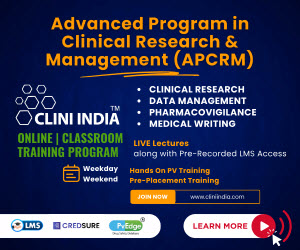 About Authors:
About Authors:
*DINESH BABU GOTTIPATI1, SREE DEVI ANANDHAM1, NANNAPANENI VENKATA BALAKRISHNA RAO2.
1 Department of pharmaceutics, M.E.S.college of pharmacy, Aradeshally gate, Bangalore -562110,India.
2 Research and Development Department, Natco Pharma Limited, Kothur.
*babu.dinesh89@live.in
ABSTRACT:
The aim of this study was to evaluate the effect of increasing nifedipine on the characteristics of fast-disintegrating sublingual tablets for the potential emergency treatment of anginal pain and hypertension. Nifedipine undergoes first pass metabolism in liver and gut wall which has oral bioavailability of 43-77%. Sublingual dosage form bypasses the metabolism of the nifedipine in liver and offers a fast relieve from anginal pain and hypertension. An attempt has been made to prepare fast dissolving tablets of nifedipine were prepared by wet granulation technique using Crospovidone and croscarmellose sodium (CCS) as super disintegrants as super disintegrants, Flavor and sweetener impart the taste to the formulation. The porous granules were compressed in to tablets by 8mm punch rotary tablet machine. All the formulations were evaluated for weight variation, hardness, friability, content uniformity, wetting time, and disintegration time and dissolution rate. Among the formulations, F9 one containing to be the best acceptable in terms of palatability, fast dissolving tablet having adequate strength. The disintegration time was found to be 56 ± 0.4 seconds, hardness of 4.6 ± g /cm2, wetting time of 31sec and drug release of 99.85 % in 9 mins. All the formulations showed low weight variation. The present study demonstrated potentials for rapid absorption, improved bioavailability, effective therapy and patient compliance.



 About Authors:
About Authors: ABOUT AUTHORS:
ABOUT AUTHORS: About Authors:
About Authors:







.png)

